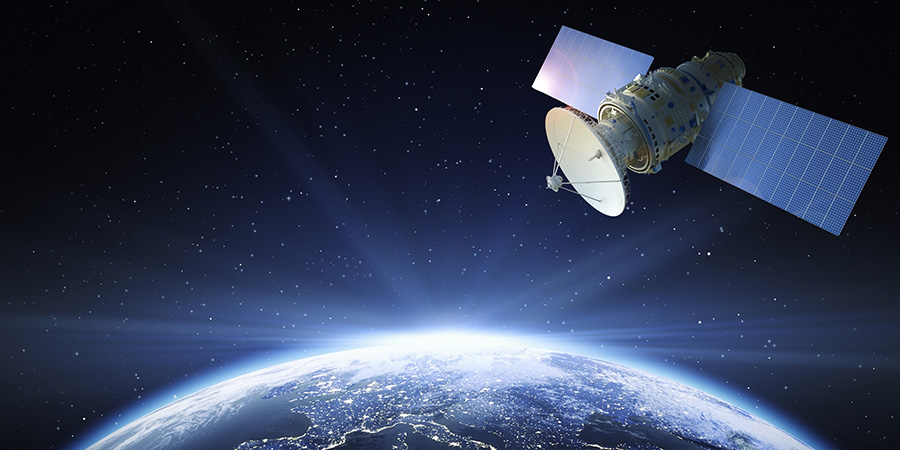A recent study conducted by Juniper Research, a leading authority within the Internet of Things (IoT) market, indicates that the number of satellites in orbit available for IoT connectivity is expected to increase by 150% in the next five years.
The study predicts that the number of these satellites will rise from 10,000 in 2024 to over 24,000 by 2029, driven by a growing demand for connectivity in remote areas.
Juniper Research also forecasts that 98% of satellites launched in the next five years will be LEOs, due to the lower associated launch costs.
Telecom Review Asia Exclusive Interview: Hughes: Multi-Orbit, Multi-Transport Satellite Solutions for Future Connectivity
Multi-Orbit Satellite Solutions at the Forefront
To address the increasing need for satellite IoT connectivity, the study recommends significant investment in multi-orbit satellite solutions.
Recently, SES announced that it is set to acquire Intelsat through the purchase of 100% of Intelsat Holdings’ equity for a cash consideration of USD 3.1 billion. Once unified, the entity will forge a stronger, multi-orbit satellite operator that will amplify coverage and bolster resiliency.
This builds on SES’s joint venture with Jio Platforms Limited, through which both entities intend to leverage the capabilities of multi-orbit space networks, employing a combination of geostationary (GEO) and medium Earth orbit (MEO) satellite constellations capable of delivering multi-gigabit links and capacity to enterprises, mobile backhaul and retail customers across the length and breadth of India and neighboring regions.
Read More: Standards Drive Growing Opportunities for the Satellite Industry, Says Intelsat’s SVP
This approach combines the low latency and high throughput of LEO (low Earth orbit) satellites with the broad geographical coverage of GEO (geostationary Earth orbit) satellites in a single service. This will allow satellite IoT providers to support a wide range of IoT applications, including those requiring high data capacity and LPWA (low-power, wide-area) connections.
The study also emphasized the importance of satellite network operators forming strategic partnerships to bridge coverage gaps between LEO and GEO capabilities. It identified opportunities for growth in industries such as construction, infrastructure, and logistics.
Given the diverse connectivity needs in the areas of remote operations and condition monitoring, using both LEOs and GEOs will be crucial for delivering comprehensive services. Partnerships that leverage both types of satellites for IoT networks will be essential for attracting enterprise users in these sectors.
Exclusive Analysis: Satellite Innovations to Raise Digital Inclusion in Asia Pacific






